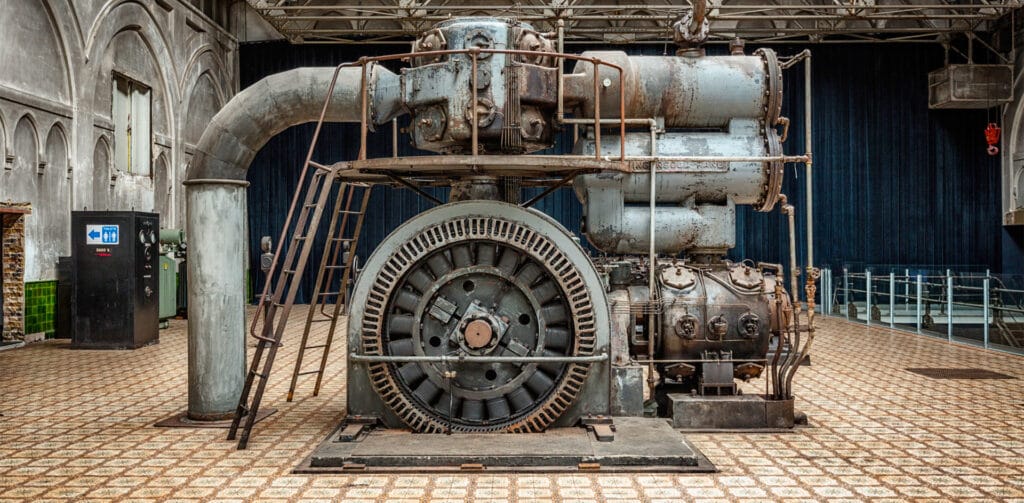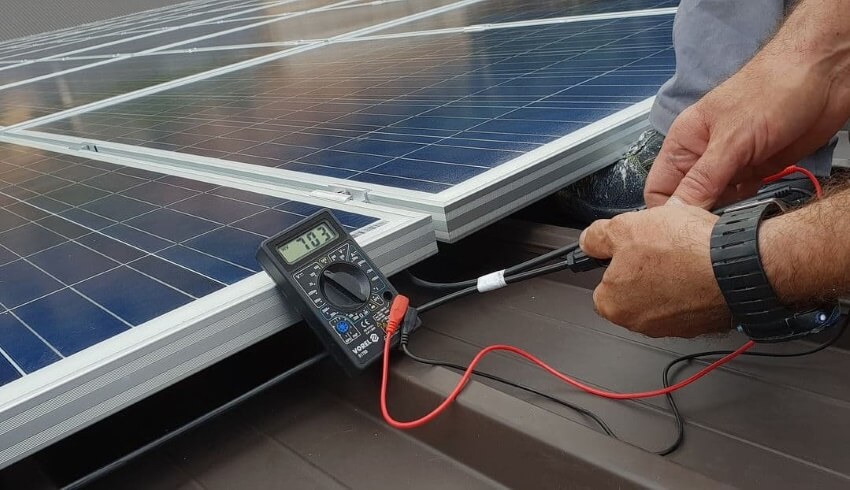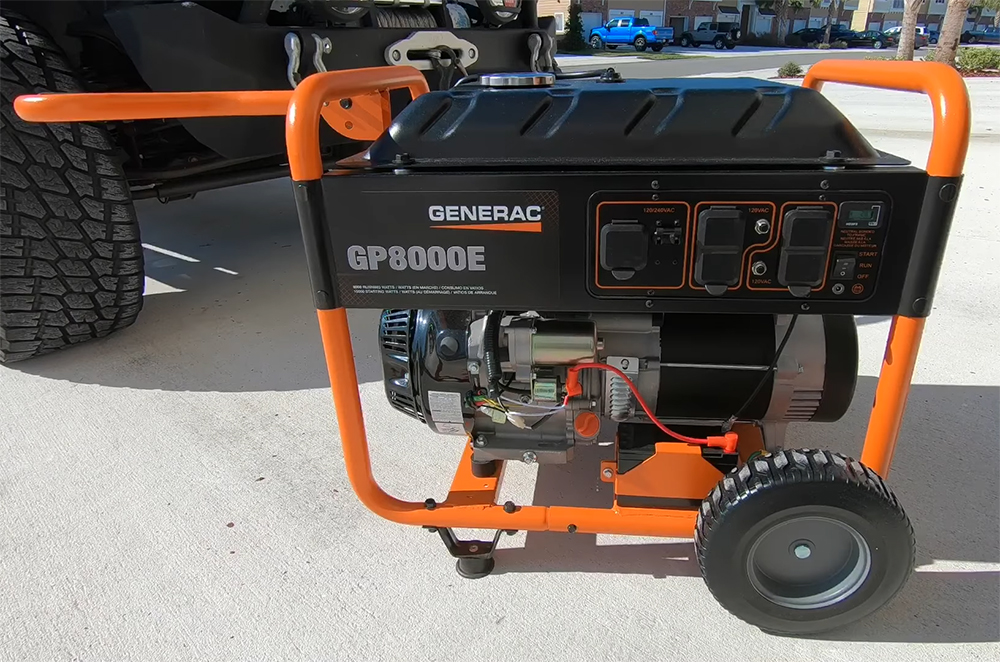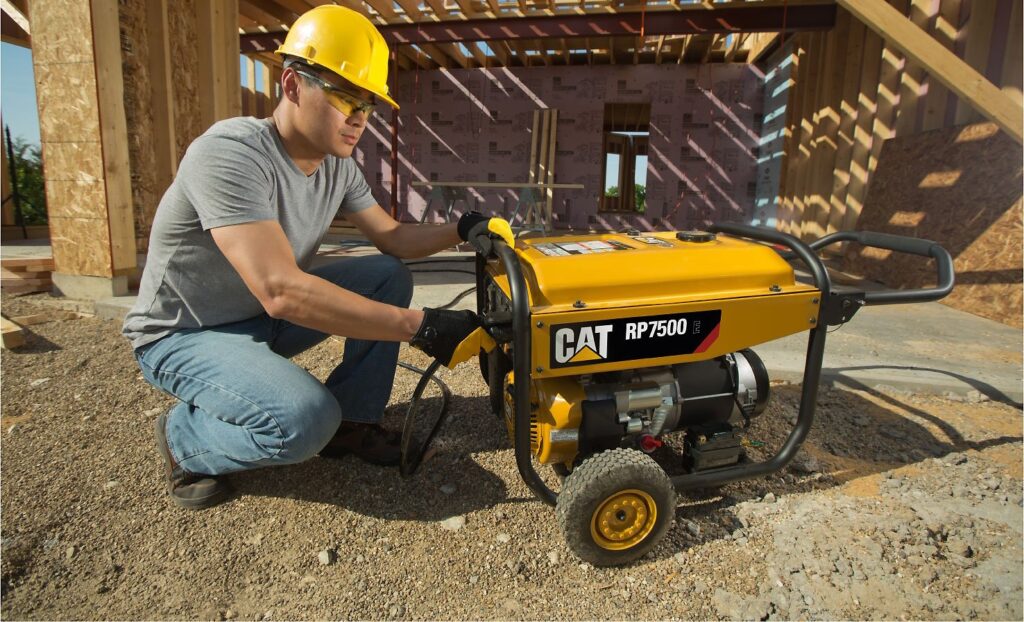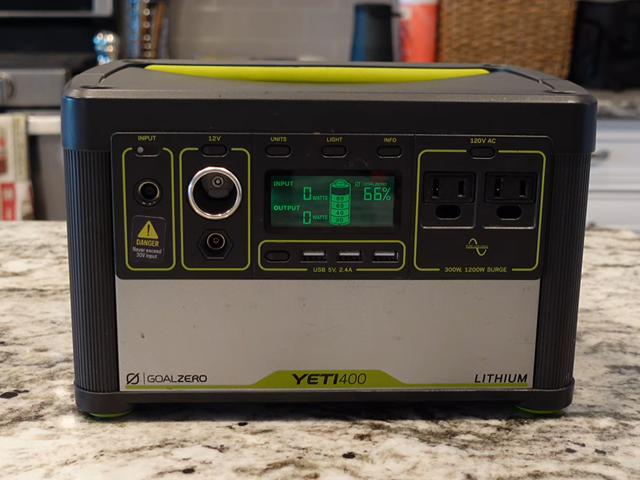
A 7500-watt generator is unmatched when you need to power your entire home, workplace, or an event. They are very powerful devices and are made for the heaviest-duty power jobs. They usually feature higher currents and numerous outlets, thus can easily get you through most power outage scenarios. So, just how much can a 7500-watt generator run? Well, a typical 7500-watt generator can power up virtually all your household appliances, including a refrigerator, well pump, water heater, oven, and freezer depending on the number of units you have.
Although most appliances require very little power to operate, the numbers in your home can add up pretty fast. By the time you add up all the cooking appliances in your kitchen together with the washer and dryer, you’ll be pushing 3500 watts. Therefore, a 7500-watt generator makes a lot of sense. In this article, we will help you establish what a 7500-watt generator can run in your situation.
Before you establish whether a 7500-watt generator can meet your power needs, it’s important that you understand generator lingo. So many people hardly care about the technical details of electronics. They just expect them to do what they are supposed to do. When it comes to generators, understanding the difference between peak wattage and rated wattage is critical. It helps you purchase the correct generator and also prevents you from overloading it.
Generators come with 2 different power ratings: the peak wattage and the rated wattage. The peak power rating is also commonly known as surge power rating, and it is the number of watts that a generator can put out for a few seconds. It is delivered when connected to inductive power loads like an electric motor or welder. It sounds pointless, given it will not power devices for longer than just a couple of seconds, but it is actually very crucial.
Most household appliances and power tools usually require more power on their initial startup than when operating continuously. Even incandescent lamps and heaters require peak power/ startup surges.
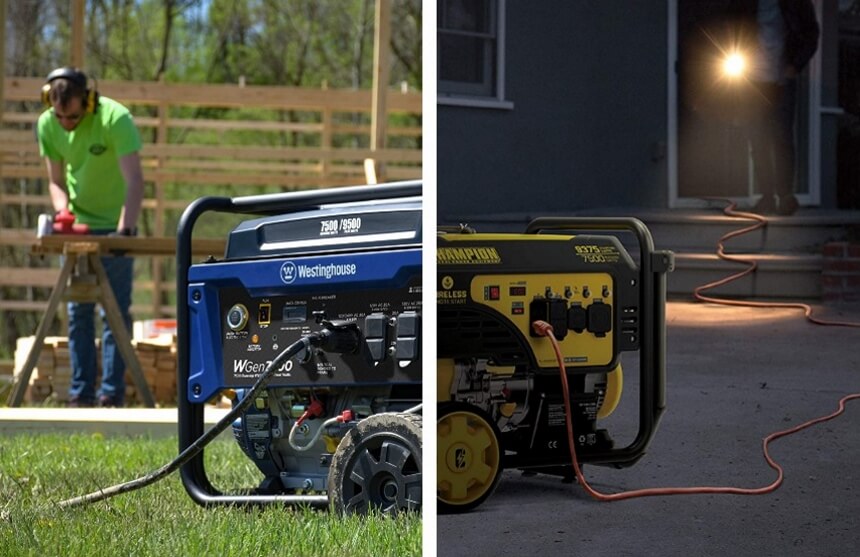
The rated wattage or running wattage is the amount of power that a generator can put out continuously as long it has enough fuel in its gas tank. It is usually lower than peak power and is delivered when the generator is connected to passive loads like house lighting, underfloor heating, and a resistive heater unit. The loads barely change as long as there isn’t any interference.
The steady power demand of passive loads is predictable and very easy to calculate. Essentially, it is the generator’s running watts. Some generator manufacturers usually claim their generators are 7500 watts, yet they are limited to just 29Amps. At such a limit, the generator delivers only 240v x 29A, which is 6960 watts.
According to expert reviews, the Westinghouse generator is one of the best 7500-watt generators that money can buy. It has a 7500 running wattage and a 9500 peak wattage. It also features an incredible and convenient remote start and can give you up to 11 hours of runtime on a full 6.6-gallon fuel tank.
When you are adding up electronic devices that you want the generator to power, you must ensure that the total power drawn by the devices is significantly lower than the rated wattage. If it matches or exceeds the rated wattage, it can cause an overload which can damage the generator.
Most generators supply 2 different figures for both their peak and rated power. This is because they are built with dual-fuel capability and can run on either propane or gasoline. As they can run on different fuels, their performance may vary depending on what is in their fuel tank. According to industry experts Trusted Source Choosing the Right Backup Fuel: Propane vs Gas Generators Choosing between a propane and gas-powered generator is difficult because there is no “right” answer that fits everyone’s circumstances. Before purchasing a backup power source, take a look at the advantages and disadvantages of propane vs gas generators. www.americasgenerators.com , generators perform better on gasoline than propane. Ensure you check your specific model to get the correct performance ratings.
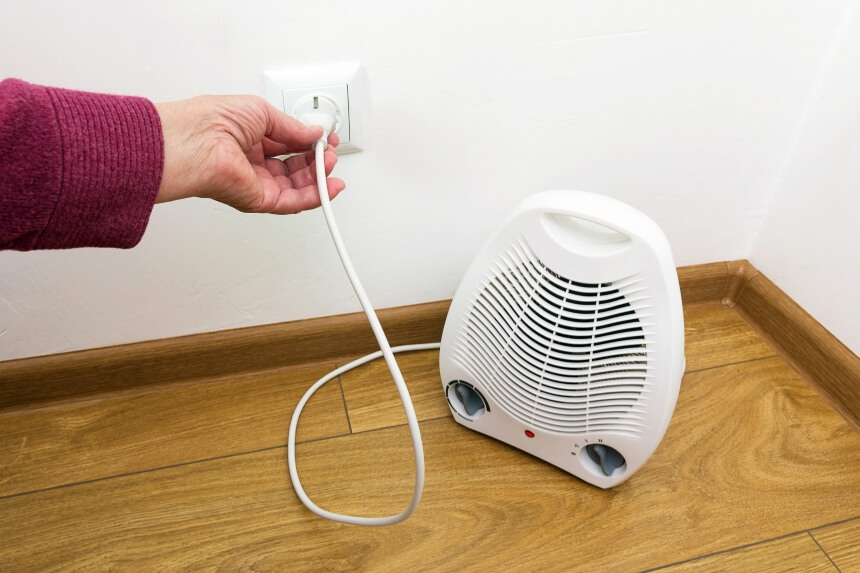
A 7500-watt whole house generator is better than a less powerful option because it allows you to run an air conditioning or heating system. Depending on its size, your AC will need anything between 3800 and 6000 watts of running power and about 8000 watts of peak power. A heating system will need 5000 watts or more, but it doesn’t require peak power.
Clearly, your AC or heating system can take up most of your power. On the bright side, you can turn them on for a little while then unplug them once the temperature in your house has stabilized.
Alternatively, you can get a space heater or window air conditioner for continuous heating and cooling. They only use up to 1200 watts of running power and 1800 watts of peak power for the window AC. The best news is that you can use them alongside other appliances.
Other appliances in your home have pretty modest power requirements. The most power-hungry appliance that you might want to run during a blackout is a refrigerator or freezer. A fridge requires up to 700 watts of running power and 1200 watts of peak power. The other devices mostly use less than 1000watts.
Here are the power requirements for some of the most commonly used home electronic appliances:
TV – 400 watts
Laptop- 300 watts
Microwave- 800 watts
Coffee maker- 800 watts
Toaster – 800 watts
Washing machine- 500 watts (plus 1400 watts surge power)
Dryer- 300 watts
Dishwasher- 300 watts
Lights will only consume a lot of power if turned on for long periods. An incandescent light will use up to 60 watts. An LED bulb is energy-saving as it lowers energy use by a whopping 80%. LED bulbs only draw between 12 and 15 watts.
If you own a sump pump or a well pump, you must include it in your power calculations. Each pump uses up to 1000 watts of running power and a peak power of 2200 to 3000 watts. So, when the power goes out, you can do the laundry, use your laptop and watch TV simultaneously. Your total consumption wouldn’t even be 4000 watts yet. With the remaining power, you can run your space heater or window AC to stabilize the temperature in your home.
Do you really need a 7500-Watt generator?
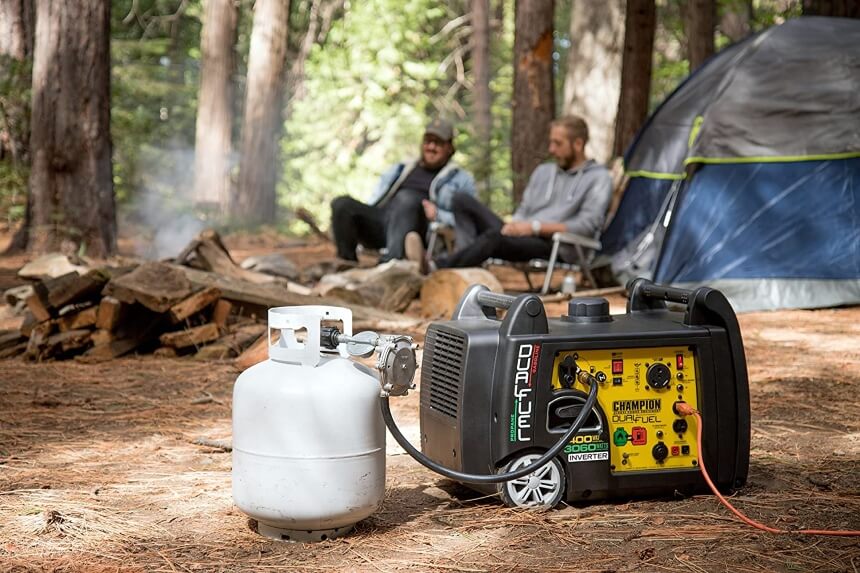
On the flip side, keep in mind that a generator with a high amount of power can be beneficial, especially when you need to start a tool or appliance with a high surge power requirement.
A 7500-watt generator offers enough power to keep the average American home running smoothly in case of a power outage. It can also allow multiple people at a worksite to continue working with different tools simultaneously whenever they experience a power outage.
Most experts claim that a 7500-watt generator will power a standard American home almost as if they didn’t lose power, but what can you really run on a 7500-watt generator?
The easiest way to get an accurate answer to this question is by adding up all the wattage from all the appliances you will need operational. As mentioned above, an incandescent bulb requires 60 watts to run. This means you can have up to 125 of these bulbs on.
The rule of thumb for getting a generator is that it shouldn’t run for more than 30 minutes when at its highest outputs. This is why the rated wattage is normally what is used to measure the power of a generator. Rated power is usually 90% of the generator’s overall output. Also, remember the amount of fuel your generator uses will depend on how much load you subject it to. You must consider the amount of fuel you have if you are in an emergency situation.
In almost all households, you can have all the necessary appliances running on a 7500-watt generator if you keep all the appliances that generate heat off.
The basic appliances that any household may want to run whenever there’s a blackout include: lights, a sump pump or well pump, a refrigerator or freezer, a water heater, and food-making appliances. Here is a clear rundown of how much energy these appliances consume;
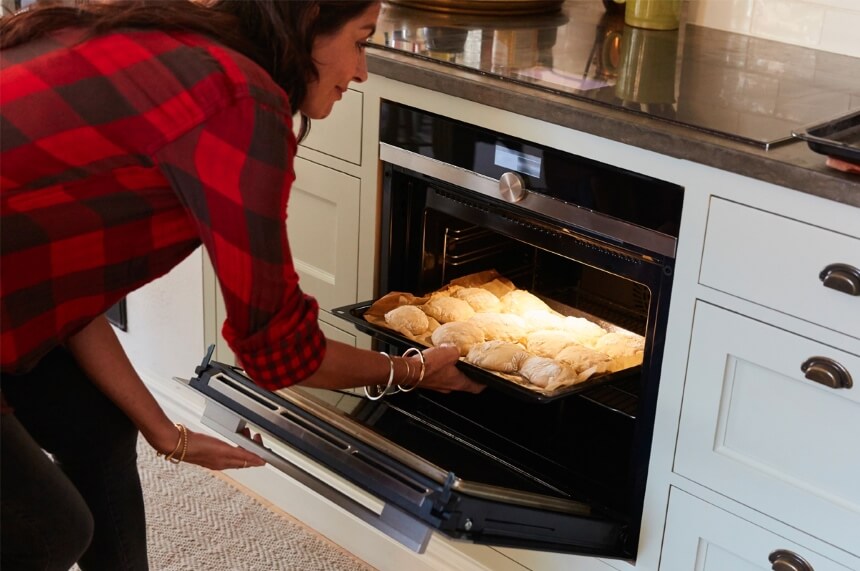

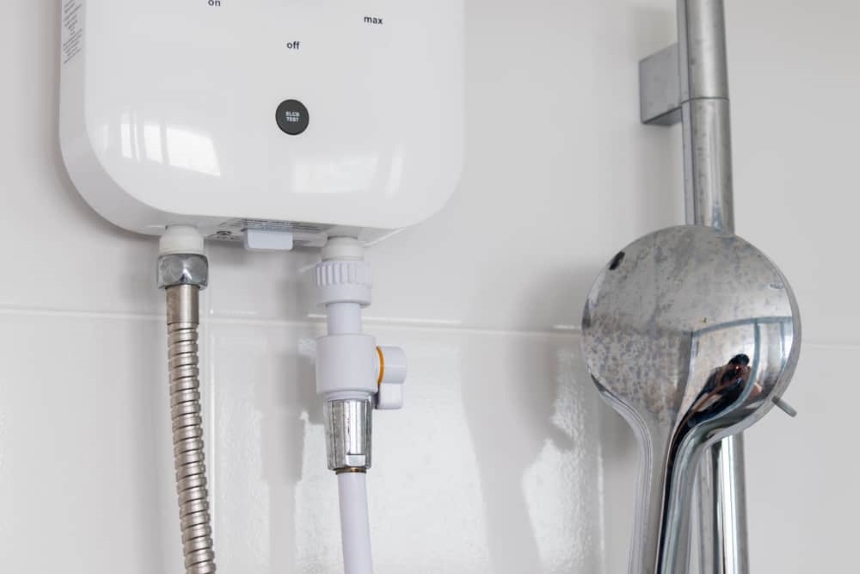
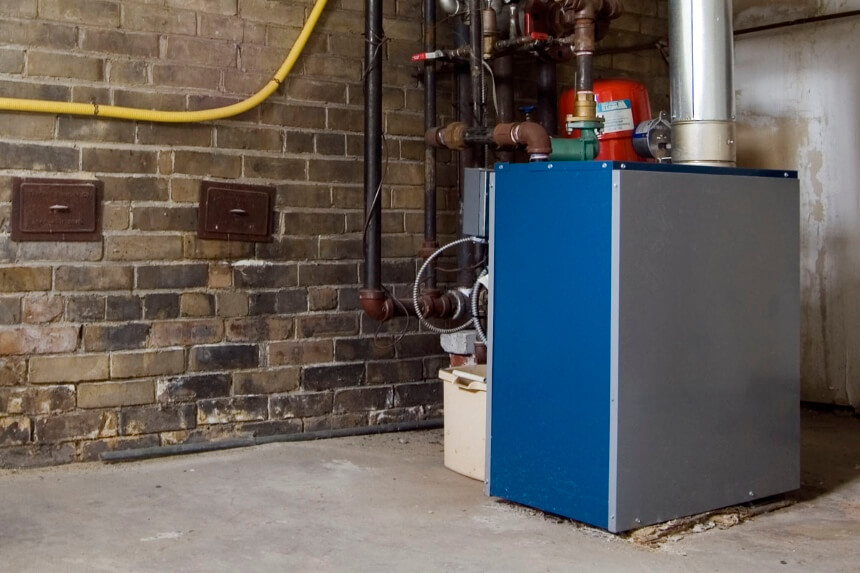
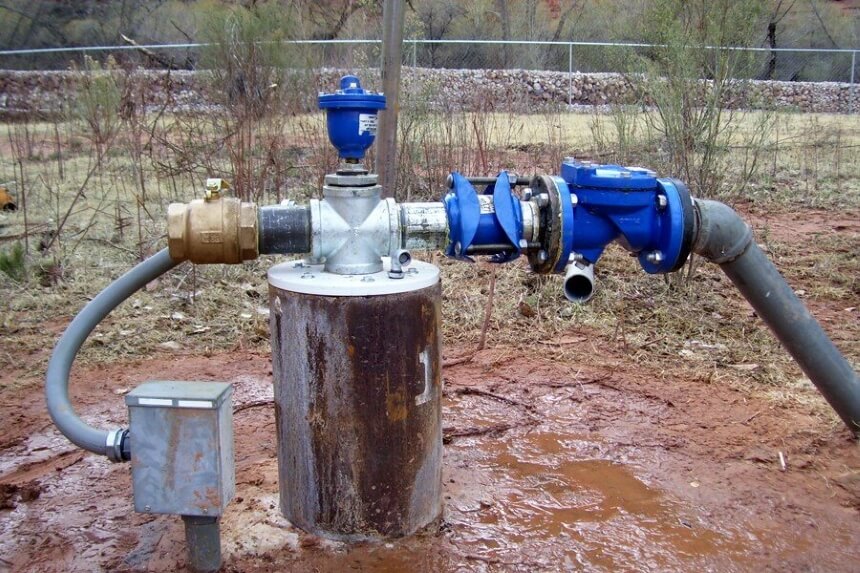
The bottom line is, you wouldn’t live as you normally would when you have power, but with a 7500-watt generator, you can live comfortably. It will allow you to run small household devices and a few large ones. You just need to come up with a list of the few essential ones you can’t do without. You will need food, a warm living space, and water. This means your pump, refrigerator, and Window AC or space heater should have top priority.
What can you have running on a worksite with a 7500-watt generator?
Worksites can have a very high power demand, thus making the most out of generators in a power outage. A 7500-watt generator is a top preference for many at work sites because it allows the simultaneous use of power tools which is impossible with a smaller power supply.
Here are some of the most common power tools used at a worksite and how much energy they require to run:
Chainsaw– 1500 watts
Electric drill– 600 watts
Table saw– 1800 watts running power and 4500 surge watts
Circular saw– 1400 running watts and 2300 surge watts
Portable air compressor– ½ Horsepower- 1000 running watts and 1600 surge watts.
Portable air compressor– 1 Horsepower- 1600 running watts and 4500 surge watts.
Bench grinder– 1400 running watts and 2500 surge watts.
Electric leaf blower– 1000 watts
These wattages are too high, but when you factor in the surge power, it becomes impossible to have more than 2 power tools on simultaneously with less than 7500 watts. For instance, with 7500 watts, you can run a one-horsepower air compressor, and a table saw simultaneously as they both require 6100 watts, then add an electric drill or two. This can be extremely useful at a worksite in case of a blackout.
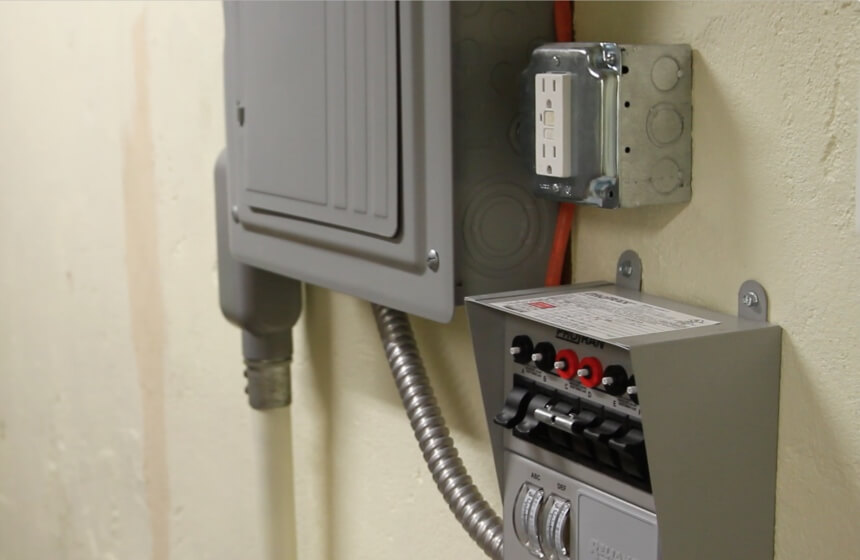
Get an experienced technician to help you install the transfer switch on your generator. What’s more, avoid plugging the generator directly into your house’s outlets. This can cause back-feeding, a fire, or ruin your wiring.
If you have to run your generator in your garage, ensure it has the perfect overall design with proper ventilation and met safety standards. Otherwise, avoid the garage at all costs. Also, never run a generator inside your home. Generators use gasoline to operate. Gasoline can create toxic fumes like carbon monoxide, which can be fatal.
Once you have connected the generator to your home safely, plug in the large appliances first. Once they are all on, you can plug in the other smaller appliances and switch the lights on. Be sure to do the basic calculations discussed above to avoid overloading the generator.
Also, ensure you have all the correct extension cables. Go for three-prong extension cables. They are ideal for larger appliances in the home.
Maintain an adequate supply of fuel. Learn your generator’s rate of fuel consumption at different power levels. You can get this information from the user manual or the manufacturer’s website. Consider the amount of fuel you can store safely and for how long. Diesel and gasoline may need added chemicals to function properly if stored for too long. Store all your fuel in a container with a tight lid and keep it in a cool, dry, and well-ventilated area away from any potential heat sources.
Another crucial safety tip is turning off the generator and allowing it to cool down completely before refueling. Furthermore, use the fuel recommended by the manufacturer.
Lastly, place your generator in a dry area, away from rain, snow, and all sorts of wetness.
As much as these safety tips are useful, experts Trusted Source Using Portable/Emergency Generators Safely | Department of Energy Power outages are commonplace during disasters, and they may last for several days. You can reduce losses and speed the recovery process by… www.energy.gov insist on following safety and usage guidelines from your state or local emergency management authorities.
Wattage is one of the most crucial aspects worth considering when getting a generator for a home or worksite. A 7500-watt generator is a top preference for many because it has enough power that can allow a household or worksite to run comfortably as it normally would without power.
When considering getting a generator, the first question that pops up in almost everyone’s head is: how much can a 7500-watt generator run? You can have nearly all of the essential appliances that you use to make food, warm up your living space, and get water into your home with a 7500-watt generator. We have provided all the details in the article. Still, the most important thing to remember is you need to create a list of the essential appliances you want operational whenever there is a power outage, then do basic calculations to get the total amount of power you’d need to avoid overloading your generator.
